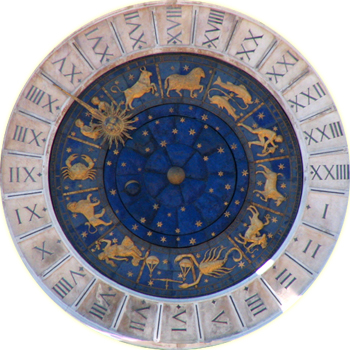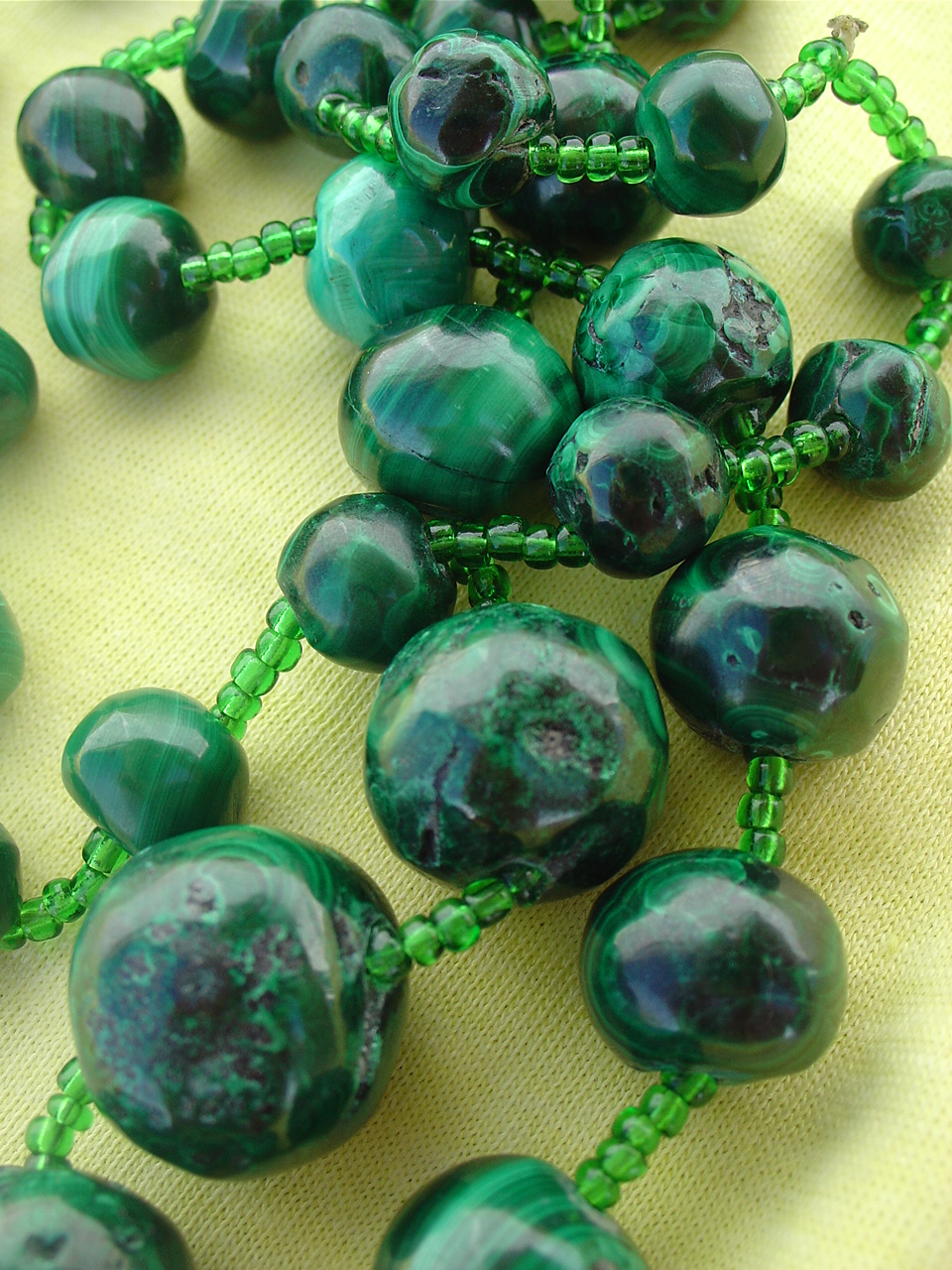|
Processing (Chinese Materia Medica)
Processing (, or ) in Chinese ''materia medica'' (Chinese herbology) is the technique of altering the properties, sterilizing and removing poisons of crude medicines by processing using heat and combination with various materials in a kind of alchemical approach to preparation. It lacks scientific evidence and hence is considered as pseudoscientific Pseudoscience consists of statements, beliefs, or practices that claim to be both scientific and factual but are incompatible with the scientific method. Pseudoscience is often characterized by contradictory, exaggerated or unfalsifiable cl .... Methods Pao Zhi processing may involve such means as washing, soaking, boiling, steaming, fermenting, drying, roasting, honey frying, wine frying, earth frying, vinegar frying, calcining, or other means. This is a kind of alchemical processing used in everyday preparation of herbal, mineral and animal medicinals. There are also more esoteric traditions of processing, including those in ... [...More Info...] [...Related Items...] OR: [Wikipedia] [Google] [Baidu] |
Chinese Herbology
Chinese herbology () is the theory of traditional Chinese herbal therapy, which accounts for the majority of treatments in traditional Chinese medicine (TCM). A ''Nature'' editorial described TCM as "fraught with pseudoscience", and said that the most obvious reason why it has not delivered many cures is that the majority of its treatments have no logical mechanism of action. The term herbology is misleading in the sense that, while plant elements are by far the most commonly used substances, animal, human, and mineral products are also used, some of which are poisonous. In the they are referred to as () which means "poison-medicine". Paul U. Unschuld points out that this is similar etymology to the Greek and so he uses the term ''pharmaceutic''. Thus, the term ''medicinal'' (instead of ''herb'') is usually preferred as a translation for (). Research into the effectiveness of traditional Chinese herbal therapy is of poor quality and often tainted by bias, with little or n ... [...More Info...] [...Related Items...] OR: [Wikipedia] [Google] [Baidu] |
Crude Medicine
Crude drugs are drugs of plant, animal and microbial origin that contain natural substances that have undergone only the processes of collection and drying. The term natural substances refers to those substances found in nature that have not had man-made changes made in their molecular structure. They are used as medicine for humans and animals, internally and externally for curing diseases, e.g., Senna and Cinchona. A crude drug is any naturally occurring, unrefined substance derived from organic or inorganic sources such as plant, animal, bacteria, organs or whole organisms intended for use in the diagnosis, cure, mitigation, treatment, or prevention of disease in humans or other animals. Overview Crude drugs are unrefined natural medications in their raw forms. Prior to the 1950s, every pharmacy student learned about crude drugs in pharmacognosy class. Pharmacognosy is the study of the proper horticulture, harvesting and uses of the raw medications found in nature. Ra ... [...More Info...] [...Related Items...] OR: [Wikipedia] [Google] [Baidu] |
Alchemical
Alchemy (from the Arabic word , ) is an ancient branch of natural philosophy, a philosophical and protoscientific tradition that was historically practised in China, India, the Muslim world, and Europe. In its Western form, alchemy is first attested in a number of pseudepigraphical texts written in Greco-Roman Egypt during the first few centuries AD.. Greek-speaking alchemists often referred to their craft as "the Art" (τέχνη) or "Knowledge" (ἐπιστήμη), and it was often characterised as mystic (μυστική), sacred (ἱɛρά), or divine (θɛíα). Alchemists attempted to purify, mature, and perfect certain materials. Common aims were chrysopoeia, the transmutation of " base metals" (e.g., lead) into " noble metals" (particularly gold); the creation of an elixir of immortality; and the creation of panaceas able to cure any disease. The perfection of the human body and soul was thought to result from the alchemical ''magnum opus'' ("Great Work"). The ... [...More Info...] [...Related Items...] OR: [Wikipedia] [Google] [Baidu] |
Pseudoscience
Pseudoscience consists of statements, beliefs, or practices that claim to be both scientific and factual but are incompatible with the scientific method. Pseudoscience is often characterized by contradictory, exaggerated or unfalsifiable claims; reliance on confirmation bias rather than rigorous attempts at refutation; lack of openness to evaluation by other experts; absence of systematic practices when developing hypotheses; and continued adherence long after the pseudoscientific hypotheses have been experimentally discredited. It is not the same as junk science. The demarcation between science and pseudoscience has scientific, philosophical, and political implications. Philosophers debate the nature of science and the general criteria for drawing the line between scientific theories and pseudoscientific beliefs, but there is widespread agreement "that creationism, astrology, homeopathy, Kirlian photography, dowsing, ufology, ancient astronaut theory, Holocaust den ... [...More Info...] [...Related Items...] OR: [Wikipedia] [Google] [Baidu] |
Mercury (element)
Mercury is a chemical element; it has Symbol (chemistry), symbol Hg and atomic number 80. It is commonly known as quicksilver. A Heavy metal element, heavy, silvery d-block element, mercury is the only metallic element that is known to be liquid at standard temperature and pressure; the only other element that is liquid under these conditions is the halogen bromine, though metals such as caesium, gallium, and rubidium melt just above room temperature. Mercury occurs in deposits throughout the world mostly as cinnabar (mercuric sulfide). The red pigment vermilion is obtained by Mill (grinding), grinding natural cinnabar or synthetic mercuric sulfide. Exposure to mercury and mercury-containing organic compounds is toxic to the nervous system, immune system and kidneys of humans and other animals; mercury poisoning can result from exposure to water-soluble forms of mercury (such as mercuric chloride or methylmercury) either directly or through mechanisms of biomagnification. Mercu ... [...More Info...] [...Related Items...] OR: [Wikipedia] [Google] [Baidu] |
Langgan
''Langgan'' ( zh, c=琅玕, p=lánggān) is the ancient Chinese language, Chinese name of a gemstone which remains an enigma in the history of mineralogy; it has been identified, variously, as blue-green malachite, blue coral, white coral, whitish chalcedony, red spinel, and red jade. It is also the name of a mythological tree of life, tree of immortality found in the western paradise of Kunlun Mountain (mythology), Kunlun Mountain, and the name of the classic ''waidan'' alchemical elixir of immortality . Word The Chinese characters and used to write the gemstone name are classified as Chinese character classification#Phono-semantic compounds, radical-phonetic characters that combine the semantically significant "radical 96, jade radical" or (commonly used to write names of jades or gemstones) and phonetic elements hinting at pronunciation. combines the "jade radical" with (interpreted to denote "fine jade") and combines it with the phonetic . The Chinese word is usually ... [...More Info...] [...Related Items...] OR: [Wikipedia] [Google] [Baidu] |
List Of Traditional Chinese Medicines
__NOTOC__ The following is a list of traditional Chinese medicines. There are roughly 13,000 medicinals used in China and over 100,000 medicinal prescriptions recorded in the ancient literature.Certain progress of clinical research on Chinese integrative medicine, Keji Chen, Bei Yu, Chinese Medical Journal, 1999, 112 (10), p. 934 Plant elements and extracts are the most common elements used in medicines.Foster & Yue 1992, p.11 In the classic ''Handbook of Traditional Drugs'' from 1941, 517 drugs were listed - 442 were plant parts, 45 were animal parts, and 30 were minerals. Herbal medicine, as used in traditional Chinese medicine (TCM), came to widespread attention in the United States in the 1970s. At least 40 states in the United States license practitioners of Oriental medicine, and there are about 50 colleges of Oriental medicine in the United States today. In Japan, the use of TCM herbs and herbal formulas is traditionally known as Kampo, literally "Han Chinese Medical Form ... [...More Info...] [...Related Items...] OR: [Wikipedia] [Google] [Baidu] |
Traditional Chinese Medicines Derived From The Human Body
Li Shizhen's (1597) ''Bencao gangmu'', the classic materia medica of traditional Chinese medicine ( TCM), included 35 human drugs, including organs, bodily fluids, and excreta. Crude drugs derived from the human body were commonplace in the early history of medicine. Some of these TCM human drug usages are familiar from alternative medicine, such as medicinal breast milk and urine therapy. Others are uncommon, such as the "mellified man", which was a western nostrum allegedly prepared from the mummy of a holy man who only ate honey during his last days and whose corpse had been immersed in honey for 100 years. Li condemned the usage of most items listed in the section. Historical background Chinese herbalists and doctors have used medicines from the human body for over two millennia. The earliest known example is the 168 BCE '' Wushier bingfang'' medical text that prescribes using ingredients such as hair, fingernail, and ''nüzǐbù'' (女子布, "women's enstrualcloth"). Co ... [...More Info...] [...Related Items...] OR: [Wikipedia] [Google] [Baidu] |
Traditional Chinese Medicine
Traditional Chinese medicine (TCM) is an alternative medicine, alternative medical practice drawn from traditional medicine in China. A large share of its claims are pseudoscientific, with the majority of treatments having no robust evidence of effectiveness or logical mechanism of action. Some TCM ingredients Traditional Chinese medicine#Safety, are known to be toxic and cause disease, including cancer. Medicine in traditional China encompassed a range of sometimes competing health and healing practices, folk beliefs, Scholar-official, literati theory and Confucianism, Confucian philosophy, Chinese herbology, herbal remedies, Chinese food therapy, food, diet, exercise, medical specializations, and schools of thought. TCM as it exists today has been described as a largely 20th century invention. In the early twentieth century, Chinese cultural and political modernizers worked to eliminate traditional practices as backward and unscientific. Traditional practitioners then selec ... [...More Info...] [...Related Items...] OR: [Wikipedia] [Google] [Baidu] |





